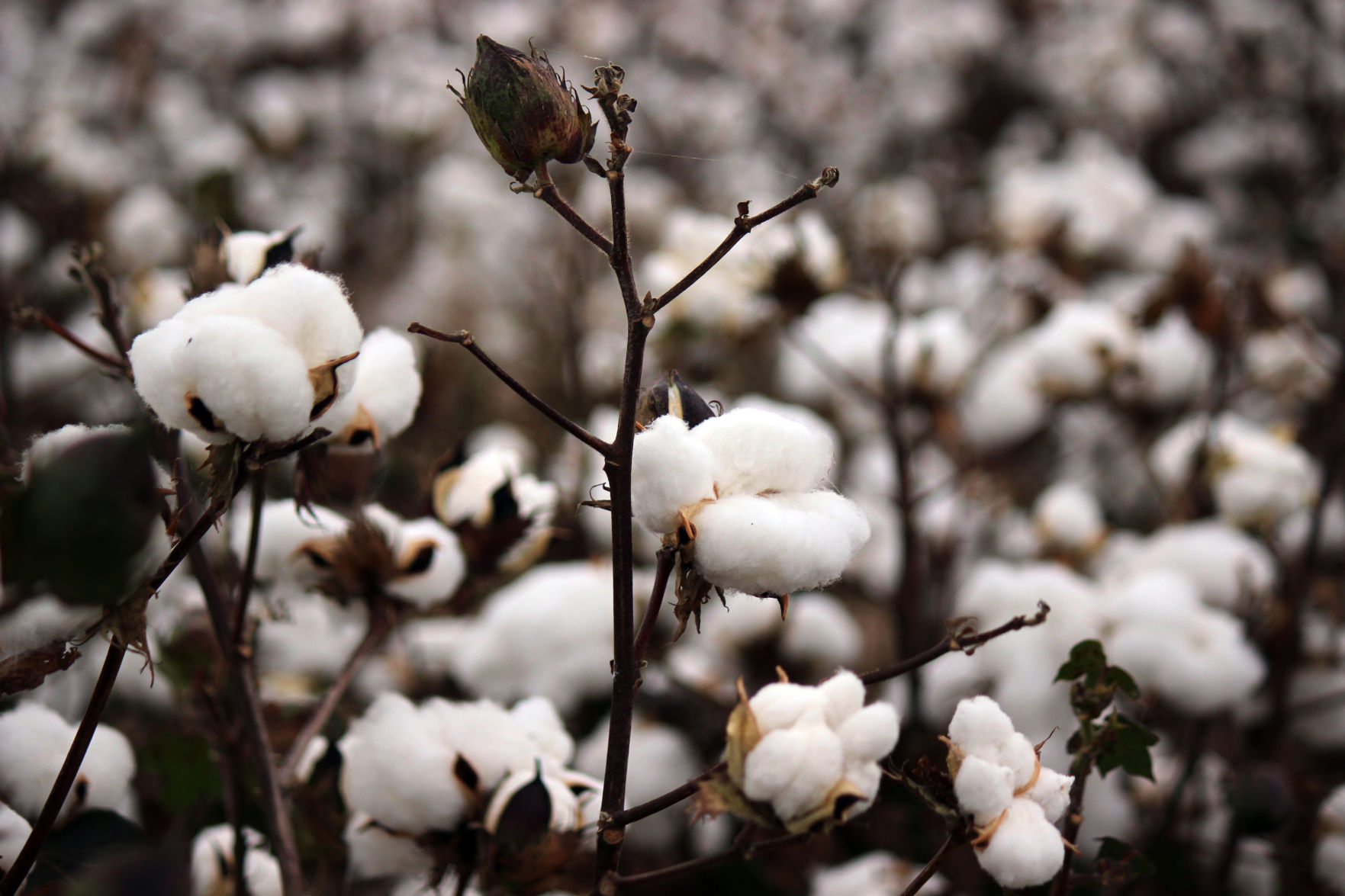Uncertainty about what mid-summer would bring in the way of heat and moisture and resulting market volatility dominated major crop news as the United States Department of Agriculture released its latest World Agricultural Supply and Demand Estimates July 12.
James Mintert, executive director of the Center for Commercial Agriculture at Purdue University, said the corn crop is tracking similarly to that of 2021, but with weaker conditions. He noted the USDA had gradually increased corn ending stocks since May, contrary to what the market predicted. A big part of the corn crop had not yet tasseled by July 12, when the WASDE was released, with dry conditions in most of the Corn Belt, especially western Kansas and Colorado. Temperatures were above normal and rainfall below normal in Illinois, western Missouri, and Indiana.
The WASDE raised corn beginning stocks by 25 million bushels, based on reduced feed and residual use for 2021-2022 as indicated in the June 30 grain stocks report. Corn production for 2022-2023 was raised by 45 million bushels, based on greater planted and harvested area from the June 30 acreage report. Corn yields estimates remained unchanged at 177 bushels per acre. The expected corn carryover was increased from 1.485 billion bushels the previous month to 1.51 billion bushels.
With no use changes, ending stocks were up by 70 million bushels. Foreign corn production was down, with reductions for Russia, the EU, and Kenya partially offset by increases in both area and yield for Paraguay. Russia corn production was lowered, reflecting a cut in area. European Union corn production was reduced with a forecast decline for Italy. Mintert noted that Russia’s corn exports have held up, and Ukraine is apparently managing to get some of its corn crop out despite port difficulties.
Drops in soybean acreage
The June 30 acreage report by the USDA’s National Agricultural Statistics Service noted that North Dakota soybean acres dropped by 1.1 million, a 27% decline, to 3 million acres, South Dakota acres declined by 250,000 acres to 5.9 million acres and Minnesota acreage fell by 100,000 acres to 8.3 million acres. The USDA estimated soybean crush was down by 10 million bushels, and export demand down by 64 million bushels, although some analysts questioned those figures. Soybean ending stocks were in the 5% range, with expected carryover numbers slightly higher than the previous month. Mintert said the U.S. is now the residual supplier in world markets since Brazil’s crop is “tapped out.”
Overall oilseed production for 2022-2023 was projected at 132.7 million tons, down 3.9 million from June with reductions for soybeans, canola, peanuts, and cottonseed partly offset by an increase for sunflower seed.
Abandoned cotton acres
The drought, along with a price collapse, had the most noticeable effect on the downward adjustment of cotton acres, the third largest in history. As recently as June 30, the NASS acreage report showed 250,000 more cotton acres planted than in the previous survey. But the harvested cotton area was forecast almost 600,000 acres lower in July. Continued below-average rainfall—mostly in Texas—meant abandonment was projected higher, nearly four times the previous year’s level. U.S. production was projected at 1 million bales lower than in June, at 15.5 million.
U.S. cotton export projections were also down 500,000 bales to 14 million, reflecting both lower U.S. production and a reduction in world trade. At 2.4 million bales, 2022-2023 U.S. ending stocks for cotton are now expected to be 1 million bales lower than in 2021-2022. The figures implied that almost 32% of planted cotton acres would be abandoned this year.
Joe Janzen, agricultural economist at the University of Illinois-Champaign-Urbana, said the August WASDE would reflect the effects of greater volatility. “The July WASDE report made limited changes to new-crop 2022-23 U.S. corn and soybean balance sheets, (but) historic experience suggests bigger changes are forthcoming. Large changes in yield projections are likely in the August WASDE report,” he said. Lower yield forecasts, especially for soybeans, would further tighten markets.
David Murray can be reached at [email protected].




